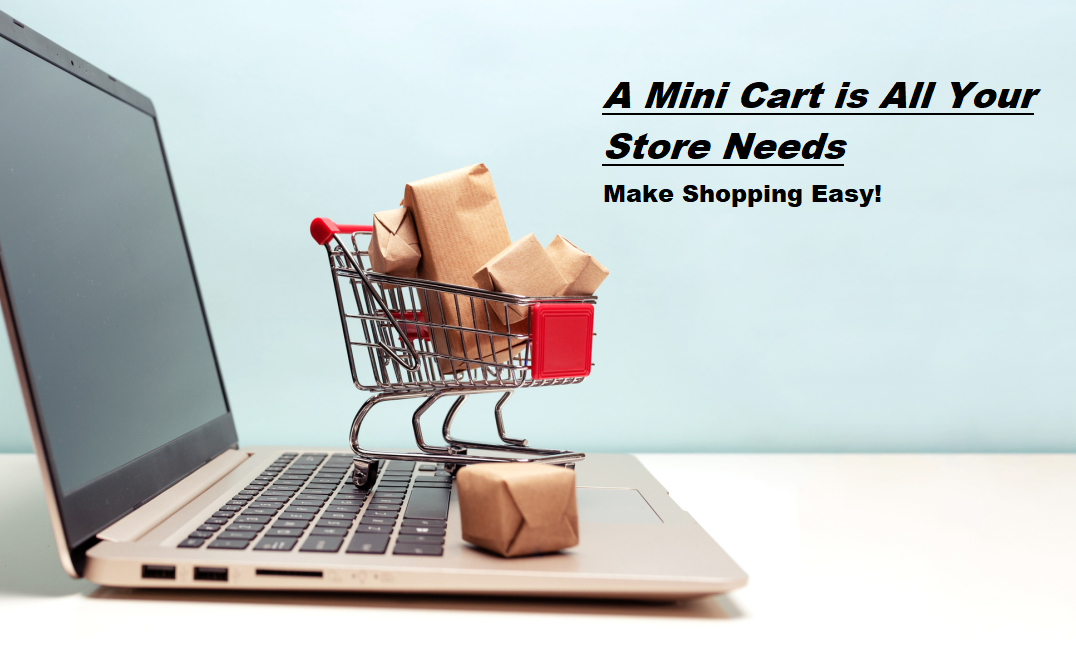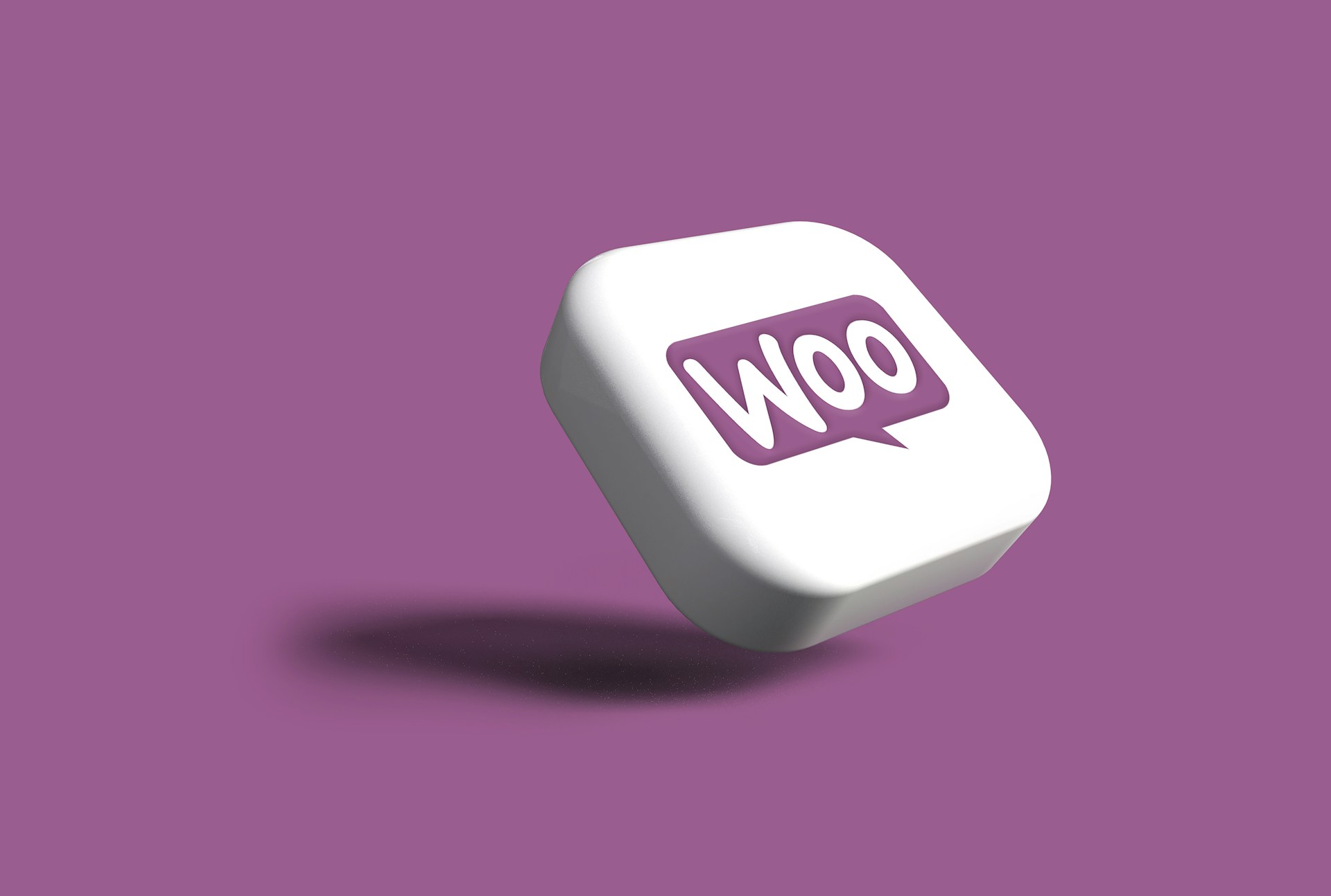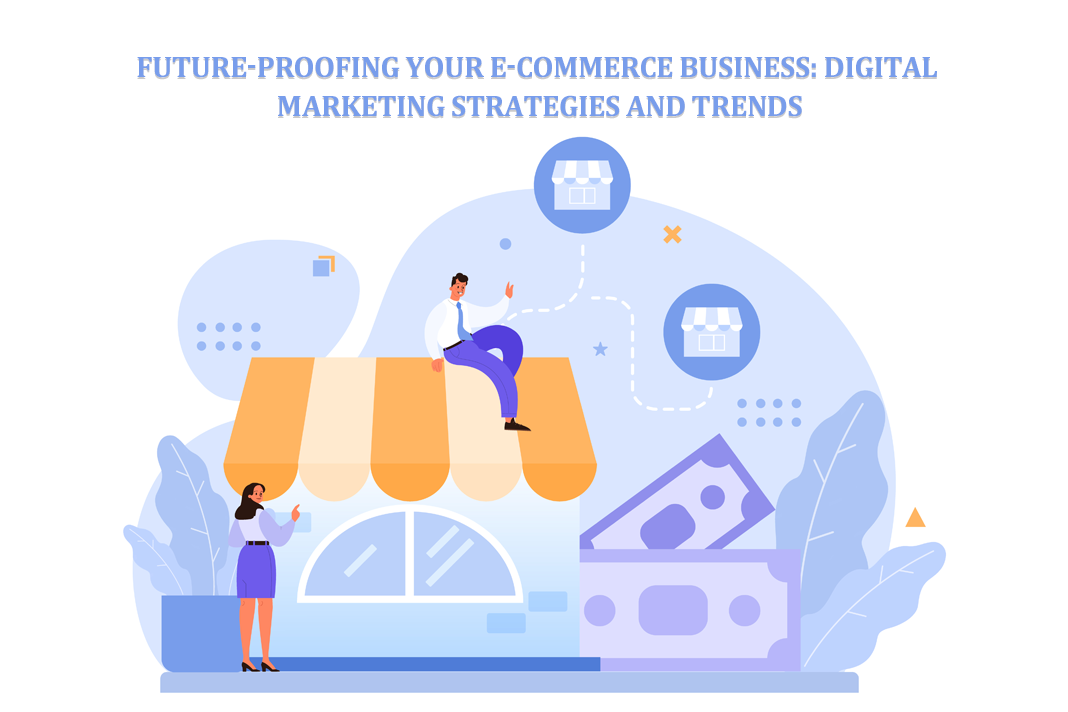Best plugins to enhance the customer shopping experience
March 19, 2025
Why Is Woocommerce Suitable For Small Businesses?
February 28, 2025
How an Omnichannel POS System Can Transform Your Ecommerce Store
October 29, 2024
The Future of E-commerce: Trends in Headless Commerce Solutions
February 16, 2024









